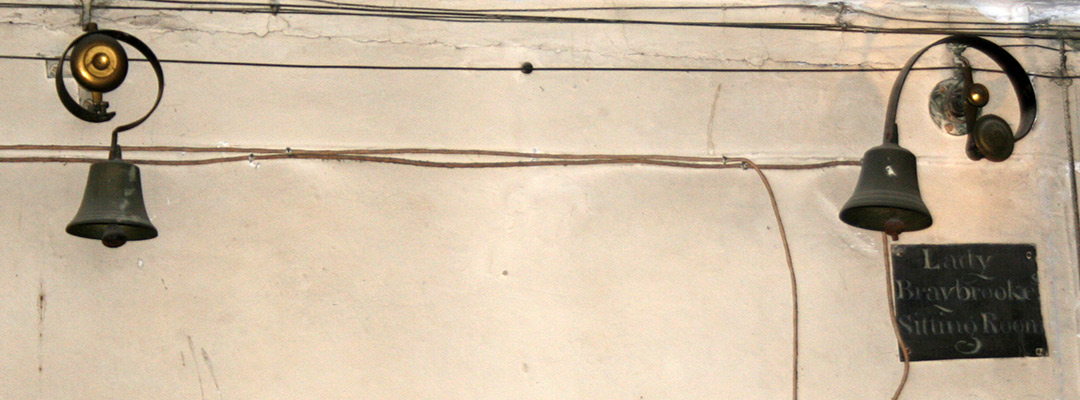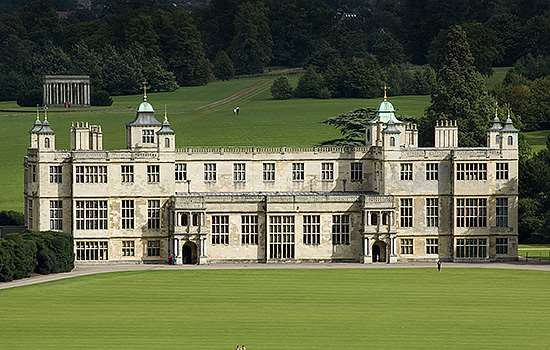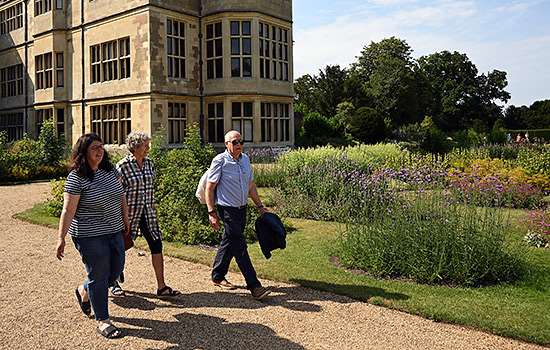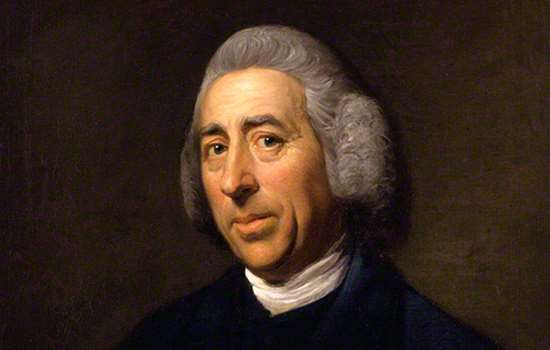Pioneering Country House Technology at Audley End
How John Griffin Griffin ensured that Audley End House, in Essex, was ahead of its time, by installing domestic inventions and comforts that would come to define the Victorian country house.

EARLY ADOPTER
The innate conservatism of most members of the landowning class in Georgian England meant that many were slow to take advantage of the latest ideas to improve the comfort and convenience of their country houses. A more scientific approach to the design of service areas, so that servants could operate more efficiently and unobtrusively, and to features such as efficient sanitation and lighting, was not common until the mid-19th century.
One notable exception was at Audley End House, which John Griffin Griffin inherited in 1762 from his aunt, the Countess of Portsmouth. She had bought it in 1751 and had continued the practice of previous owners of demolishing large parts of this once grand royal palace to turn it into a more manageable property.
Griffin had served in the army and as an MP and was clearly a forward-thinking man. He consulted the architect Robert Adam about improvements to the house and ‘Capability’ Brown about the gardens. He rebuilt the central range of the house to reconnect the two wings, with a long gallery on the first floor and a unique service gallery on the second floor, from where coal (hauled up the outside of the house by a winch) and hot water were distributed to the bedrooms below.
He also built a new detached service wing, creating more space in the house itself and reducing the risk of fire from the kitchens.
MOD CONS
Pumps driven by a waterwheel were installed in 1763 to pump water from the river Cam to tanks in the roof of the house, from where it was piped around the house, a rare luxury at that time. The pump house was rebuilt around the 1870s and remained in use well into the 20th century.
Flushing toilets were even less common in the 18th century. The engineer Joseph Bramah famously invented the first successful water closet, for which he obtained a patent in 1778. By this time Griffin had already bought one, which Bramah had offered to install personally in 1775.
Four more WCs were supplied by Bramah in 1785, at a cost of over £1,000 each (in today’s prices). A network of drains running under the house, dating back to at least Tudor times, made the job of installing so many toilets easier at Audley End than it would have been at most other houses.
SUMMONED BY BELLS
By the 18th century servants were gradually being consigned in most houses to distant service wings, rather than waiting close at hand to attend on their masters and mistresses, so mechanical bell systems were introduced to summon them when needed. The major rooms in country houses had bell pulls or levers, connected to bells in the servants’ quarters by long and complicated runs of wire.
The Audley End accounts have details of the bells that Griffin had installed from the 1760s onwards, which are among the earliest known documentary records of such systems. More bells, grouped together outside the servants’ hall, were installed in the early 19th century, but many remnants of the 18th-century system survive in the house.
LIGHT AND HEAT
Griffin was also an early adopter of the latest in lighting technology at the end of the 18th century. A Frenchman, Ami Argand, invented a new type of oil lamp, which bears his name, about 1780. This produced as much light as ten candles and is regarded as the first significant advance in lighting since ancient times.
Argand licensed a British manufacturer for his lamps in 1783 and Griffin purchased his first example two years later. Over the next year, 22 more of these new lamps were supplied to Audley End, and two survive in the Dining Room today.
John Griffin Griffin died in 1797 without direct heirs, so the house passed to a distant relative of his aunt, Richard Aldworth-Neville, 2nd Baron Braybrooke, who already had a country house at Billingbear in Berkshire, and evidently showed little interest in improving Audley End.
The house therefore ceased to be in the vanguard of domestic technology for a while until his son, the 3rd Baron Braybrooke, moved to Audley End after his marriage in 1820. He started a new phase of improvements, installing the latest forms of central heating and updating the water supply and bell systems. The results of his efforts can still be seen today and were continued by his son, the 5th Baron. It was only when money ran short in the 1880s that development came to a halt again.
By Marilyn Palmer and Ian West
More about Audley End
-

HISTORY OF AUDLEY END
Read a full account of Audley End’s long and varied history, from the priory founded on the site in the 12th century to the present day.
-

VISIT AUDLEY END
Explore an English country house upstairs and downstairs, inside and out.
-

Capability Brown at Audley End
Find out how England’s foremost landscape gardener fell out spectacularly with Sir John Griffin Griffin, the owner of Audley End.